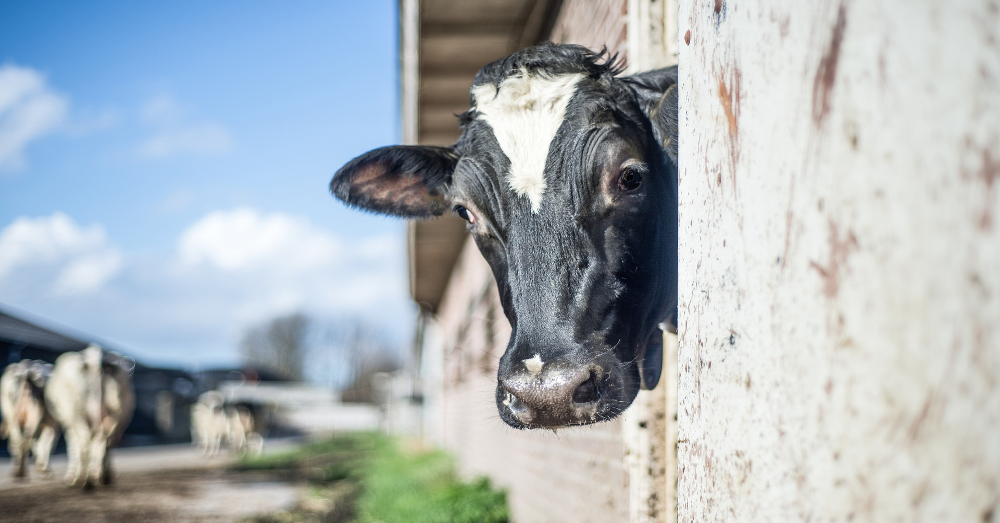
Michael Colby: Vermont Rising — Beyond Big Dairy
Vermont’s agricultural narrative is overdue for a change. The tale of family farmers, grazing cows, thriving communities and across-the-board artisan quality is almost a museum piece at this point. While the images still dance in our heads – and in the marketing campaigns – they’re mostly a thing of the past.
Vermont is poised for our Phoenix-like moment, out of the ashes of the industrial agriculture that is our current economic, ecological and cultural burden can come a new paradigm, one steeped in a regenerative ethic that seeks to put the culture back in agriculture, the people back in farming, and the dignity back in farm work.
But we can’t get there until we first know how we got here.
June 14, 2018 | Source: VT Digger | by Michael Colby
Vermont’s agricultural narrative is overdue for a change. The tale of family farmers, grazing cows, thriving communities and across-the-board artisan quality is almost a museum piece at this point. While the images still dance in our heads – and in the marketing campaigns – they’re mostly a thing of the past.
Vermont is poised for our Phoenix-like moment, out of the ashes of the industrial agriculture that is our current economic, ecological and cultural burden can come a new paradigm, one steeped in a regenerative ethic that seeks to put the culture back in agriculture, the people back in farming, and the dignity back in farm work.
But we can’t get there until we first know how we got here.
Vermont bought the industrial agriculture model, hook, line and sinker. It now accounts for nearly 80 percent of our farm output, and almost all of it exported. That’s why nearly 95 percent of the food Vermonters consume is imported – we’re too focused on commodity dairy to feed ourselves.
